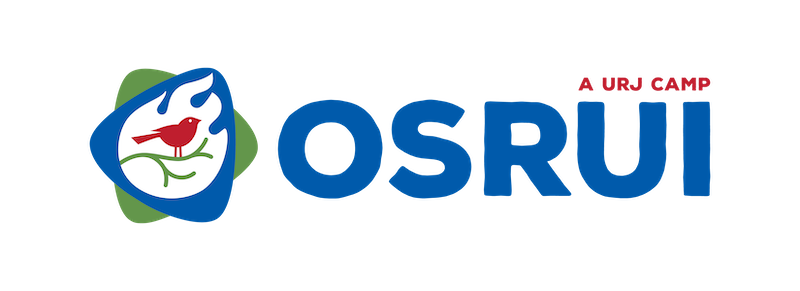By Rabbi Carmit Harari, B’nai Yehuda Beth Sholom in Homewood, IL, and Tiferet Segel
Rabbi Emily Segal, Associate Rabbi at Temple Jeremiah in Northfield, IL, and Tiferet Segel
Monday evening, August 4th, marked the beginning of Tisha B’Av, the 9th of the Hebrew month of Av. This is the date on the Jewish calendar when we commemorate and mourn the destruction of both the first and second Temples in Jerusalem, as well as a host of other tragic events which befell the Jewish people throughout history. Reform Judaism has had a bit of a complex relationship with Tisha B’Av over the years, which stems from the fact that unlike more stringently halakhic (Jewish law-based) movements of Judaism, we do not pray for the building of a third Temple in Jerusalem, the reinstatement of animal sacrifice, or the coming of “The Messiah,” as such. Reform Judaism also believes in the importance and value of diaspora living. As rabbis, it’s an exciting time for us to be at camp because our URJ camps are one of the primary locations where young people are exposed to the rituals and texts of Tisha B’Av.
Tiferet, the eidah (unit) engaged deeply in the arts at OSRUI, marked the beginning of Tisha B’Av with a powerful exercise of engagement with the core text of Tisha B’Av, Eicha, Lamentations. After brief explanation, each young person was given a selection of verses from Eicha and asked to create “blackout poetry.” They selected words from within the verses to create a sentence of meaning to each of them. Once these words were selected, they blacked out the rest of the text so that only the words of the sentence shone through. For most of the students, this was an entirely new way of engaging with the text of our tradition.
Then, each chanich (camper) wrote their sentence in large print onto long strips of paper which they cut into individual words and laid out on the floor of the Beit Am (where Tiferet gathers as an eidah). Group by group, they laid out their sentences. Each group built upon the prior group’s layer, using intersecting words much like a crossword puzzle or scrabble game. The sentences the chanichim created ranged from hopeful to mournful in tone, reflecting the multiplicity of emotions found within Eicha and within the Psalms, which is the core study theme of Tiferet Bet this summer that the chanichim have been deeply engaged in.
The act of creating this “blackout poetry,” rewriting the text on long strips of paper, cutting them, and then building—and layering—the sentences mirrored the destruction and rebuilding that the Jewish people have had to do time and time again throughout our history. Blossoming out of the rubble has been part of the essence of Jewish survival through the ages. Similarly, the chanichim were able to connect with the idea that after a personal struggle, one can emerge strengthened. Readings, including a modern psalm for Tisha B’Av, were woven into the evening. We concluded with a modern rendition of “By the Waters of Babylon,” a text from Psalms commonly associated with the mourning following the destruction of the Temple.
This beautiful program was created by Tiferet’s fantastic moomchim (specialists), led by Ohad Sha’altiel (visual art) and Michael Goldberg (drama). We chose to contribute through our presence, through the prayerful readings voiced during the evening, and through moments of teaching. The partnership between Mumchim and Segel (faculty) is part of what makes Tiferet distinct. We are grateful that our chanichim had the opportunity to learn about Tisha B’Av in a unique, relevant way for them – just the sort of Jewish learning that we hope young people experience at our camps.
